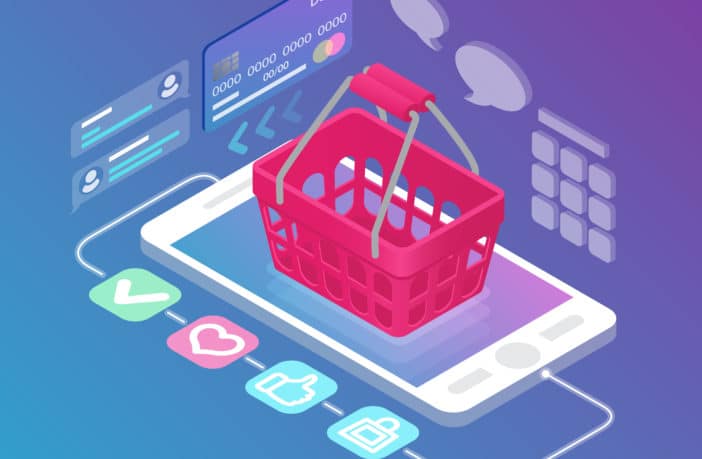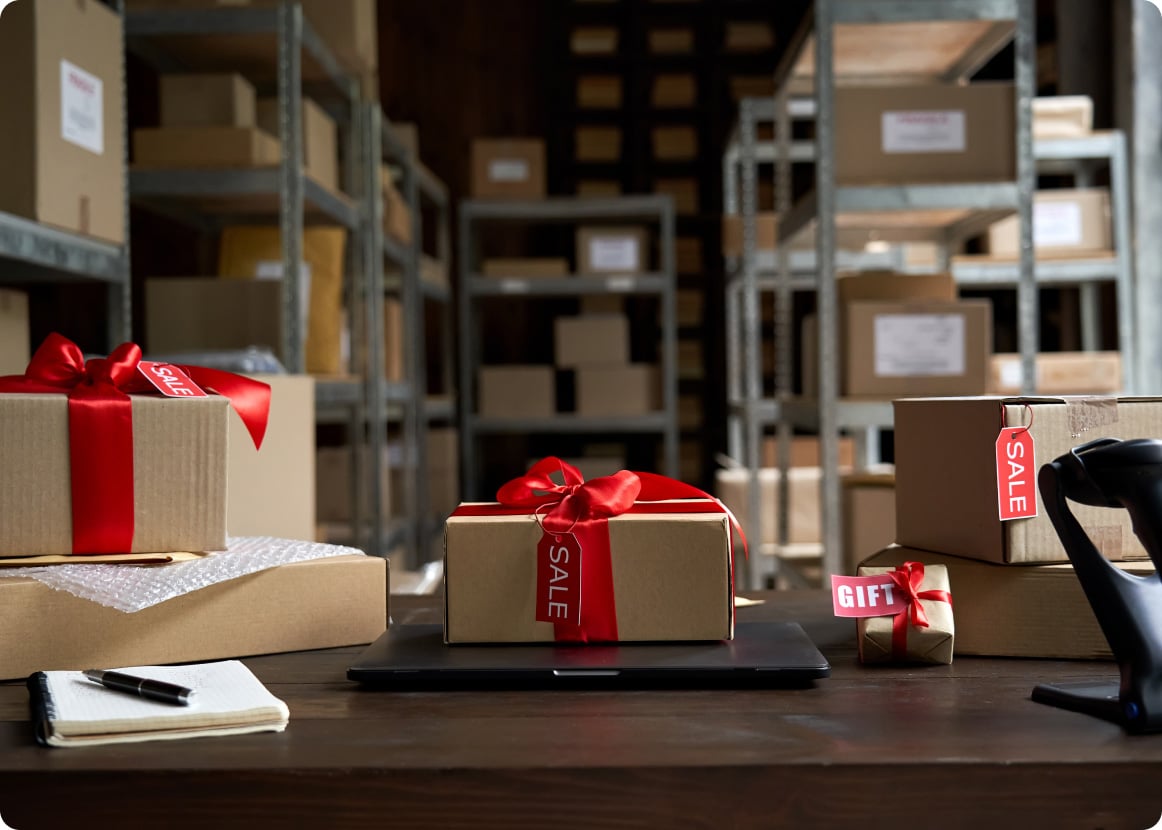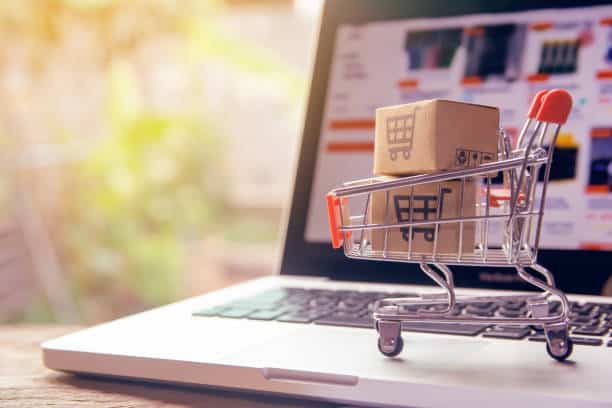Growth of ecommerce is undeniable and it goes through the multiplication of channels. Check out our article on how to face the multiplicity of selling channels! It is a worldwide trend developing at varying speeds in all countries.
Ecommerce is expected to reach a turnover of 4.9 trillion dollars in 2021¹. The retail sector has seen some of the greatest changes linked to the Covid-19 crisis. Many of these have accelerated the growth of ecommerce. As countries locked down and retailers were forced to close, ecommerce reached an all-time high of 16.4% of total global retail sales. It’s not just Gen Z and millennials driving this trend—older shoppers have also moved online. According to a global survey on ecommerce across 11 markets by Shopify, 84% of consumers shopped online during the pandemic .
The smallest shops, including some that may have had no digital presence in 2019, had to rapidly “go digital”. They started developing delivery services that they had never imagined before. Continuing to adapt to evolving purchasing behaviours in a world that is increasingly dependent on mobile devices, is now essential to stay in the game.
Other trends in retail are less visible, yet they are signs of significant and durable changes in consumer behaviour. Customers are becoming actors in the retail and logistic chain : read our article to learn more about this subject ! On one hand, products are becoming more personalised and individual. On the other, while doing ecommerce, consumers want to know more about the precise origin of the products that they are buying.
Personalised products and services can boost profitability
For ecommerce, personalised and singular products tend to attract consumers. For example with an adaptation specific to their needs (such as beauty consultation, to propose suitable cosmetics products afterward). Logisticians are now taking on the task of this personalisation in the warehouse, just one example of “co-packing”.
A growing trend for online retailers is to propose several different products as a package deal. It means proposing the package at a lower price than it would cost to purchase the same items separately. Known as price bundling, or product bundle pricing, retailers need co-packing solutions. Those solutions must be flexible and reactive so that they can offer these attractive bundles with reduced handling and delivery costs. Logisticians need to take into consideration operational and financial priorities to reduce time-to-market and ensure that their solution is integrated into a supply chain strategy.
At the other end of the shopping process, a good after-sales service with the option of returning a product free of charge is now a key requirement. A poor returns policy or process deters shoppers2. Logisticians have taken on the interaction with customers to authorise the request for a return. This outsourcing integrates customer relations with the transport of the returned goods as well as quality control and restocking.
Ethical and environmental concerns are now at the heart of consumers’ preoccupations
Demanding consumers want to know more about the precise origin of the products that they are buying. Moreover, they have increasing ethical concerns. This is true across all sectors but particularly so for healthy and natural products, declaring that there are no pesticides for example. We have moved beyond the “free from” trend. Consumers are now searching for food products with a short list of ingredients, preferably locally sourced.
Complete traceability is essential. Where do products come from, where are they stocked, how ecologically are they transported? Detailed information on the source and the supply chain that brings the product to the customer is now a requirement. Logistics operators should have the expertise and the systems to ensure totally transparent track and trace processes and provide green and sustainable delivery solutions.
Tracing the origin of products and responding to increasing consumer demand for personalised products are two of many growing trends that require logistics operators to adapt and keep one step ahead. They must be precise and economical in mastering the latest technical advances to provide a competitive service to their clients.
¹ Statista “Global retail e-commerce sales from 2014 to 2024”
2 For example, a 2019 survey from UPS found that, for 73% of shoppers, the overall returns experience impacts how likely they are to purchase from a given retailer again, and 68% say the experience impacts their overall perceptions of the retailer.



